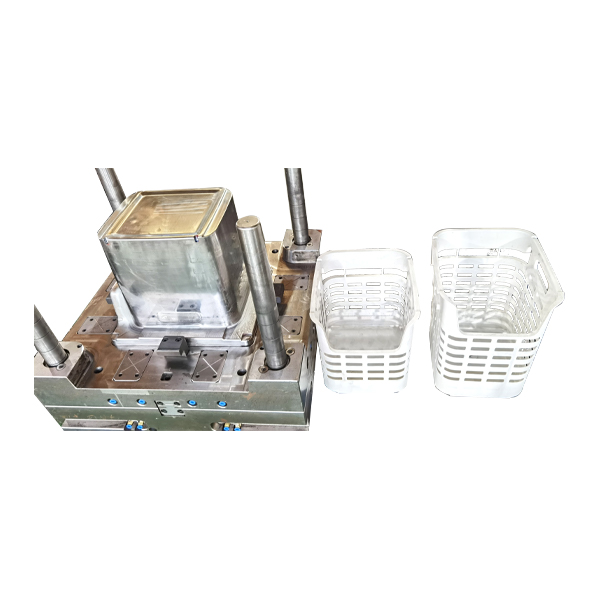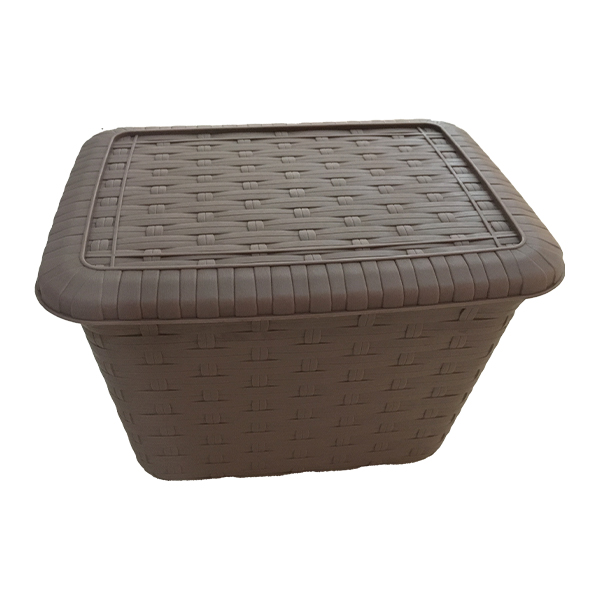In the constantly evolving world of household product manufacturing, the importance of precision, efficiency, and durability cannot be overstated. Among the essential tools contributing to these qualities is the Home Appliance Mould. This component plays a central role in the production of various appliances used in kitchens, living rooms, and utility spaces, supporting manufacturers in delivering reliable and consistent products to the market.
A Home Appliance Mould is a specialised tool used to shape plastic, metal, or composite materials into specific parts or casings for household appliances. These moulds are designed with exact dimensions and details to ensure that each product part meets the required specifications. From washing machine panels to blender jars and air conditioner components, a wide range of items are formed using Mould systems.
The main function of a Home Appliance Mould is to enable mass production while maintaining consistent quality. By using a mould, manufacturers can produce thousands of identical components in a relatively short amount of time, ensuring uniformity across every product line.
The quality and functionality of a household appliance often depend on the accuracy of its individual components. A well-designed Home Appliance Mould ensures that every part fits and functions as intended. Whether it’s a refrigerator door panel or a microwave casing, maintaining tight tolerances is essential for both aesthetic and operational reasons.
Designers and engineers work together to develop Mould configurations that not only match the product’s visual style but also accommodate the internal mechanisms and safety features. As modern appliances become more compact and multifunctional, the precision of these moulds becomes increasingly important.
Efficiency is a key objective in any manufacturing environment. A well-constructed Home Appliance Mould allows manufacturers to streamline their production cycles, reducing downtime and material waste. Injection moulding, blow moulding, and compression moulding are some of the common techniques used in conjunction with these moulds.
By selecting the appropriate Home Appliance Mould for each application, factories can improve workflow and achieve consistent results. This efficiency contributes to lower production costs and faster turnaround times, which benefit both manufacturers and consumers.
Another important aspect of using a reliable Home Appliance Mould is the contribution it makes to the durability and safety of household products. Since the mould shapes the external and internal parts of an appliance, its accuracy directly affects the structural integrity of the final product.
A high-quality Mould ensures that parts are free of defects such as warping, air bubbles, or weak spots. This results in components that can endure regular use and exposure to heat, moisture, or mechanical stress. Additionally, well-moulded parts reduce the risk of operational failures, helping manufacturers meet safety standards in different markets.
Modern Home Appliance Mould systems are designed to work with a variety of materials, including plastics, aluminium, and advanced composites. This versatility allows manufacturers to select the suitable materials for each application based on factors such as weight, durability, and cost.
By offering flexible material options, a Home Appliance Mould helps manufacturers create appliances that meet the changing preferences of consumers. Whether aiming for lightweight kitchen gadgets or robust washing machine parts, the adaptability of these moulds is an asset in product development.
Consumer demand for personalised and innovative household appliances has driven manufacturers to offer diverse product lines. A Home Appliance Mould can be tailored to produce unique designs, colours, and textures, enabling brands to differentiate their products.
This customisation potential is a significant advantage in competitive markets, where design and functionality both play essential roles in influencing consumer choices. Home Appliance Mould providers collaborate with design teams to develop moulds that support new product launches and seasonal collections.

 English
English Español
Español
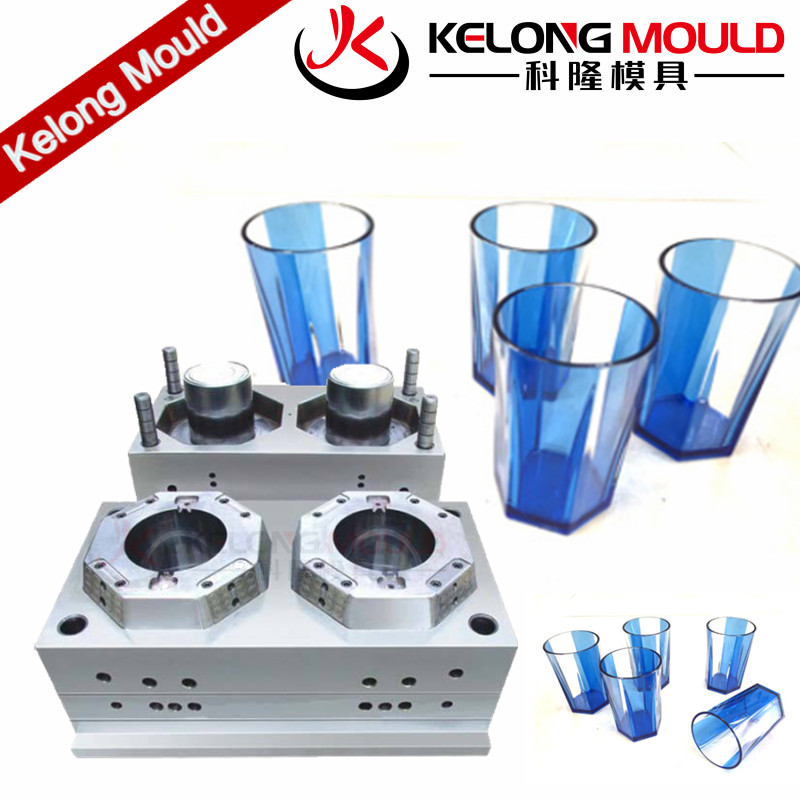
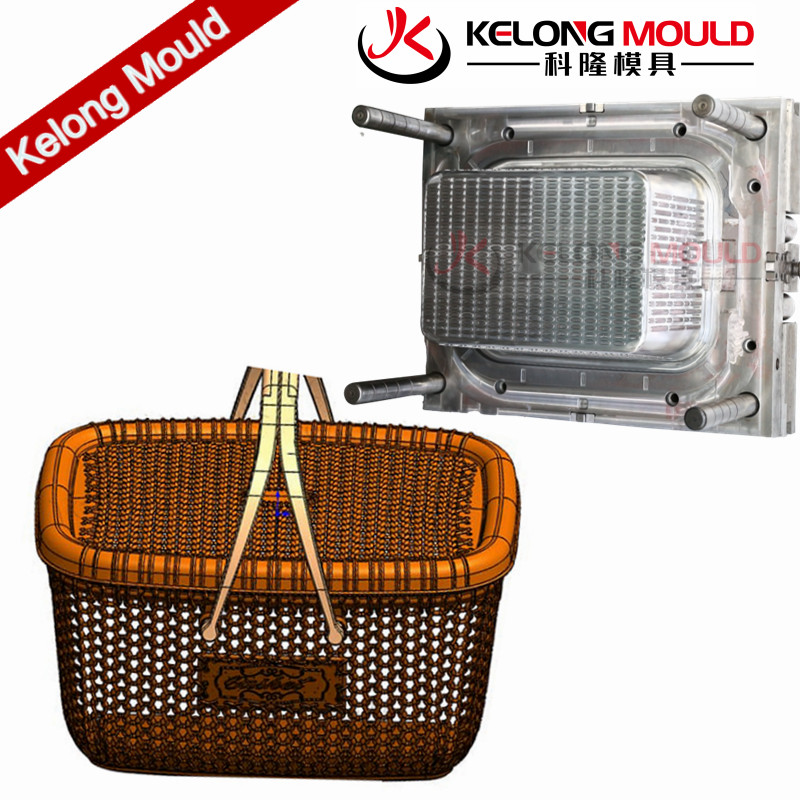
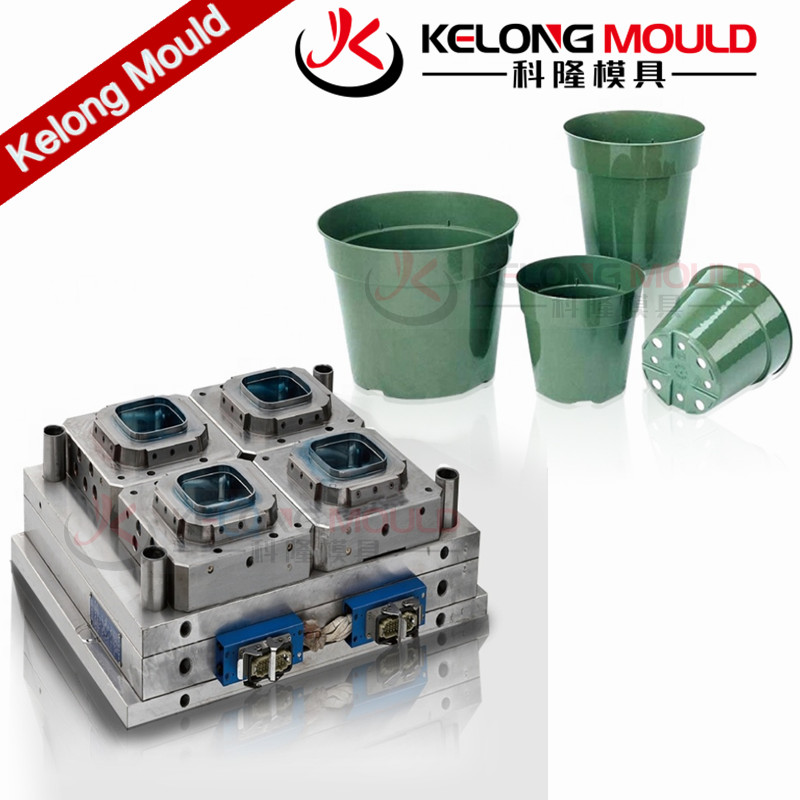
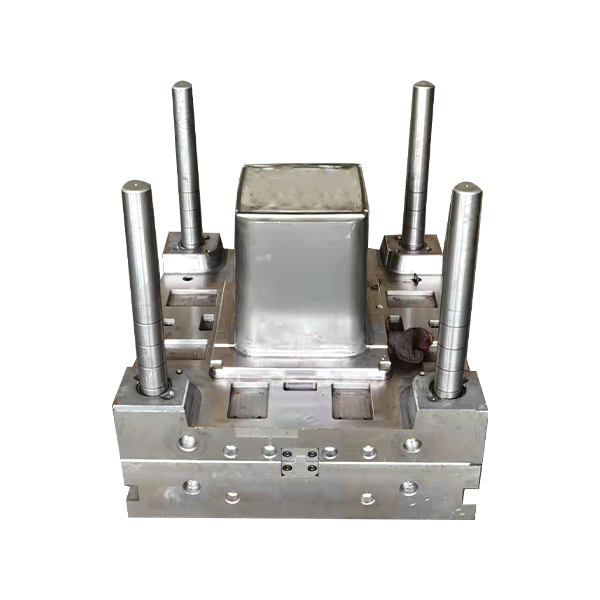
.jpg)
.jpg)
